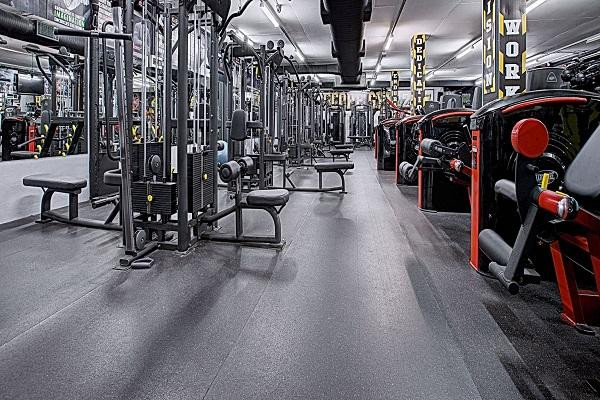In the fitness world, trends come and go, but the importance of functional training has withstood the test of time, proving its effectiveness and adaptability. Functional training gyms are dedicated fitness spaces that focus on training the body for activities performed in daily life. Unlike traditional gyms that often emphasize isolated muscle exercises, functional training gyms prioritize movements that engage multiple muscle groups and joints simultaneously.
The concept of functional training is straightforward: to enhance your ability to perform everyday tasks with ease and reduce the risk of injury. This type of training is not about lifting the heaviest weights or building the biggest muscles; it's about conditioning the body to handle real-life situations like carrying groceries, climbing stairs, or even playing with your children with more strength, stability, and agility.
The Core Principles of Functional Training Gyms
1. Movement Variety: Functional training gyms are equipped with a diverse range of equipment like kettlebells, resistance bands, suspension trainers, and free weights. These tools facilitate a wide variety of movements that mimic everyday actions, improving coordination, balance, and overall functional strength.
2. Personalization: Functional training programs are highly customizable. Trainers assess an individual's physical condition, daily activity levels, and goals to craft a tailored workout plan. This personalized approach ensures that the exercises are both challenging and achievable, fostering better results.
3. Dynamic Workouts: The workouts in a functional training gym are dynamic and often incorporate circuit training, high-intensity interval training (HIIT), and plyometrics. These methods boost cardiovascular health, improve muscular endurance, and can also aid in weight loss.
4. Emphasis on Core Stability: A strong core is vital for functional fitness. These gyms stress the importance of core strength, which is the foundation for all other movements. A robust core improves posture, reduces back pain, and contributes to better athletic performance.
5. Rehabilitation and Injury Prevention: Functional training is not only about performance enhancement but also about injury prevention and rehabilitation. The exercises increase joint mobility and improve muscle flexibility, which are essential for recovering from injuries and preventing new ones.
The Functional Training Gym Experience
The atmosphere in a functional training gym is typically energetic and supportive, with trainers and members encouraging one another. The community aspect is a significant draw, as it fosters a motivational environment that can make sticking to a fitness routine more enjoyable.
People of all fitness levels can benefit from functional training. Whether you're a seasoned athlete looking to enhance your performance or someone just starting on their fitness journey, the adaptability of functional training exercises makes them suitable for nearly everyone.
Conclusion:
For those seeking to integrate functional training into their fitness regimen, a dedicated functional training gym offers the space, equipment, and community to help achieve your goals. Websites like Hardcoregym.com.au provide insight into the world of functional training gyms, showcasing how they can help individuals elevate their fitness and overall well-being. They often detail the variety of programs available, the expert guidance provided by professional trainers, and the success stories of those who have transformed their lives through functional training.
For More Info:-
Source Url:-https://sites.google.com/view/hardcoregymcom75/home





Comments